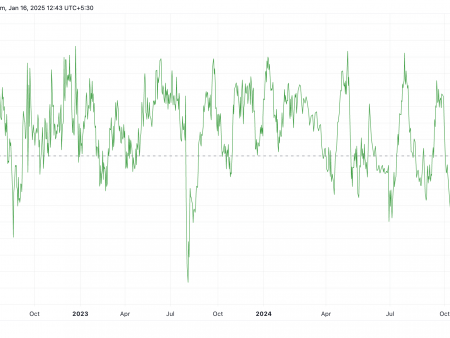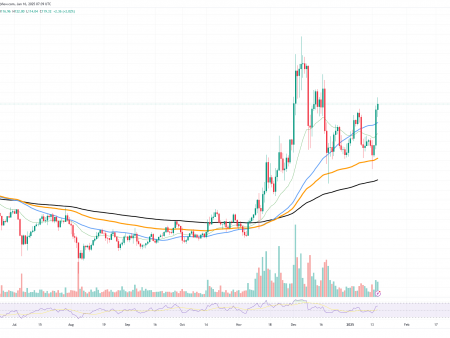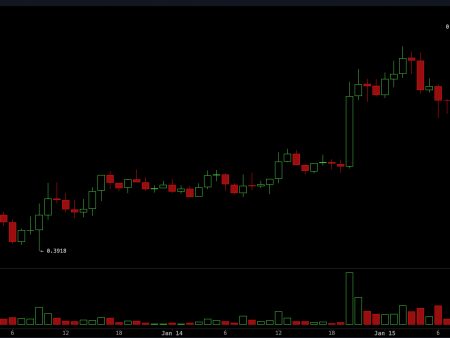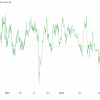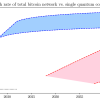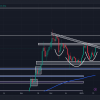In a recent note, S&P Global warned about concentration risk present in Ethereum while Ether rallied in anticipation of a possible Ether, exchange traded fund (ETF).
“U.S. spot ether ETFs that incorporate staking could become large enough to change validator concentrations in the Ethereum network, for better or worse,” S&P analysts wrote in a report released Tuesday. “It is therefore critical to understand how the choices of ETF issuers will determine concentration risks.”
S&P is right: concentration or centralization risk exists in all cryptocurrencies. The fact that this is being discussed once again by traditional finance analysts (TradFi) (Morgan Stanley reported this previously) shows how much institutional interest there is in post-ETF cryptocurrencies.
Lido, the largest Ethereum validator with just under 33% ownership, and Coinbase, which holds 15%, pose potential concentration risks, but a potential Ether staking ETF in the US, along with spot ETFs, could reduce this risk by opting for institutional custodians and diversifying holdings across multiple entities, S&P analysts wrote in their report.
So, how centralized or concentrated is Ethereum? A good measure for this is the “Nakamoto coefficient”, which was first proposed by Balaji Srinivasan and Leland Lee. This measures the decentralization of a blockchain by counting the nodes needed to control the chain. The higher the numbers, the better the decentralization.
Right now, Ethereum’s Nakamoto coefficient is 2, indicating serious concentration or centralization risk.
Networks like Aptos, Avalanche or Polkadot have much higher numbers, indicating greater decentralization, but these protocols are not considered for an ETF because the SEC has said that they are securities.
Some parts of Ethereum’s decentralization dilemma have improved, but elsewhere improvements have been slow and stagnant.
For example, Geth, the most popular execution client for Ethereum, controls well over 60% of the execution client market, according to data from Clientdiversity.org.
Geth stands for “Go Ethereum” and is primarily developed and maintained by the Ethereum Foundation, the primary nonprofit organization supporting the development of Ethereum. Geth is used to manage transactions, distribution, and execution of smart contracts.
This percentage is down from what it once was – when the Geth controlled around 80% – but it is still a problem as it is still a qualified majority.
Meanwhile, Prysm, a competing customer, controls about 40% of the consensus customer space.
AS CoinDesk reported in January that a bug in Ethereum’s Nethermind client software eliminated 8% of validators (it now controls 17%), raising concerns about what would happen if the same happened to Geth.
These numbers are improving. Perhaps the anticipation of institutional interest from a prospective ETF will speed up the process.
